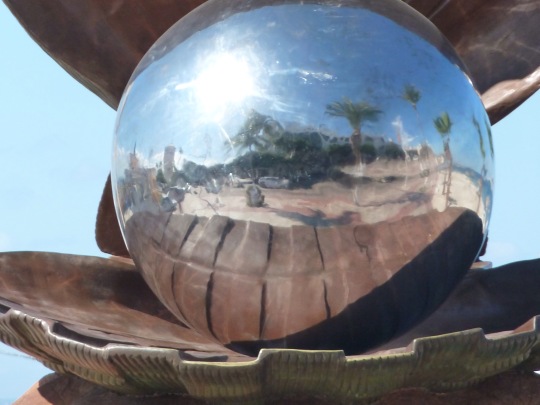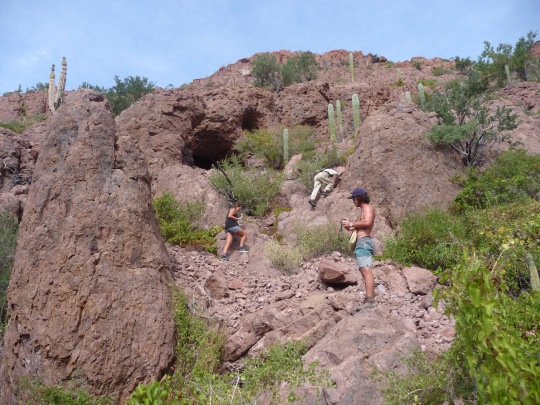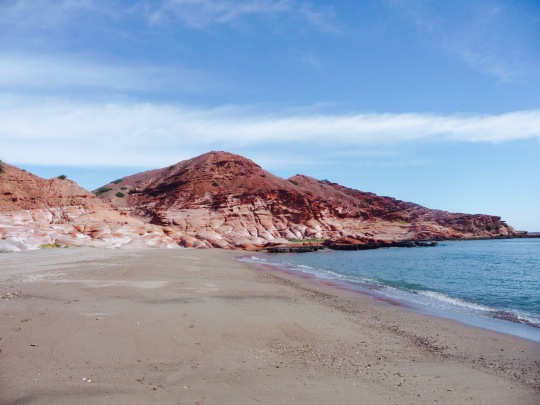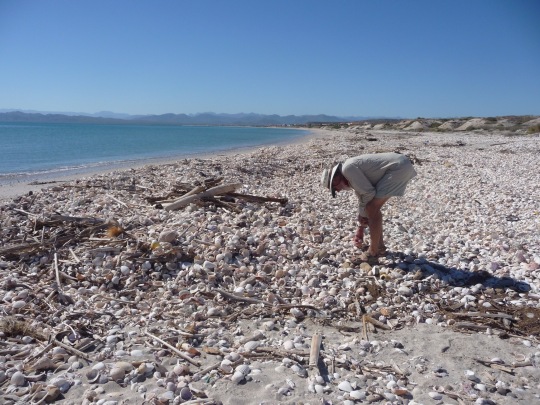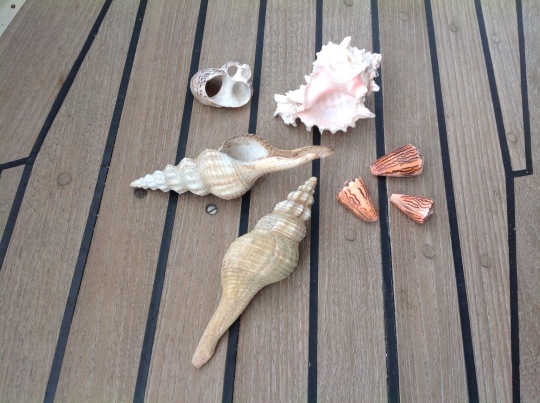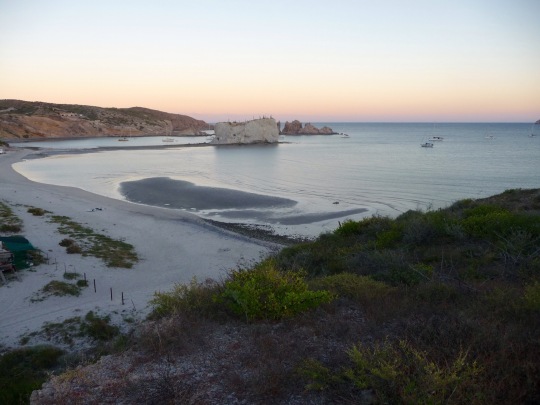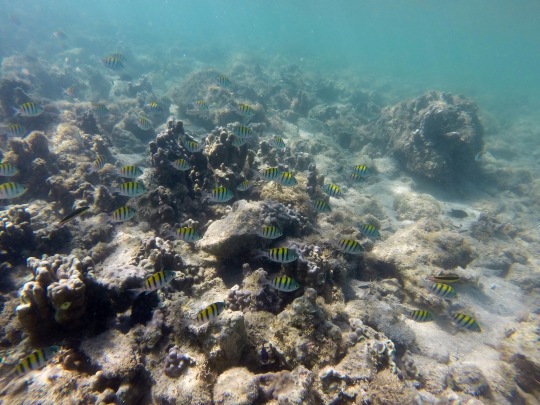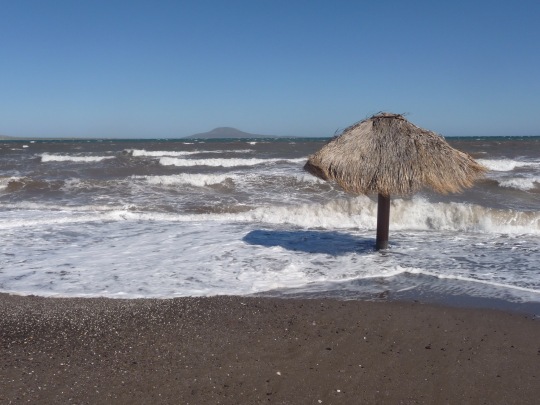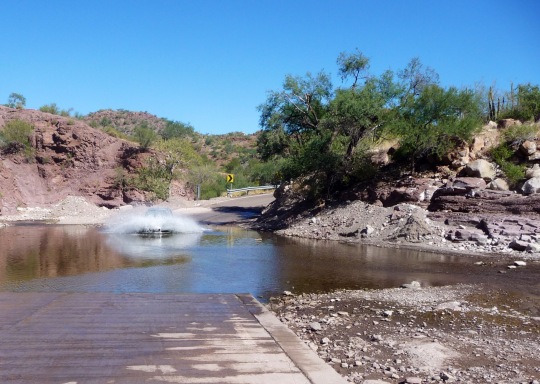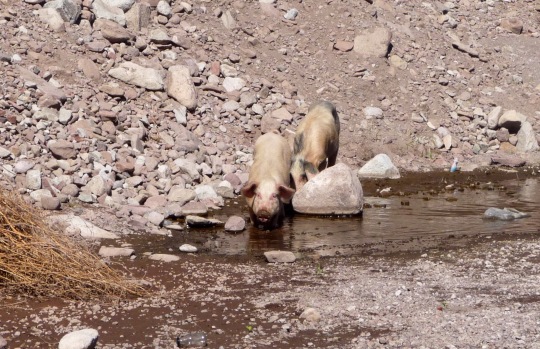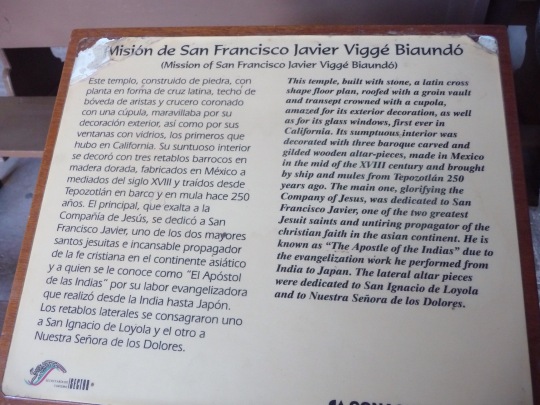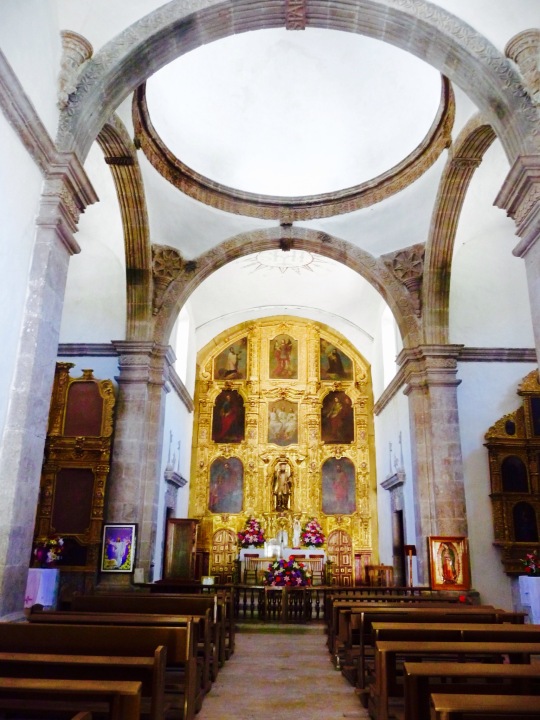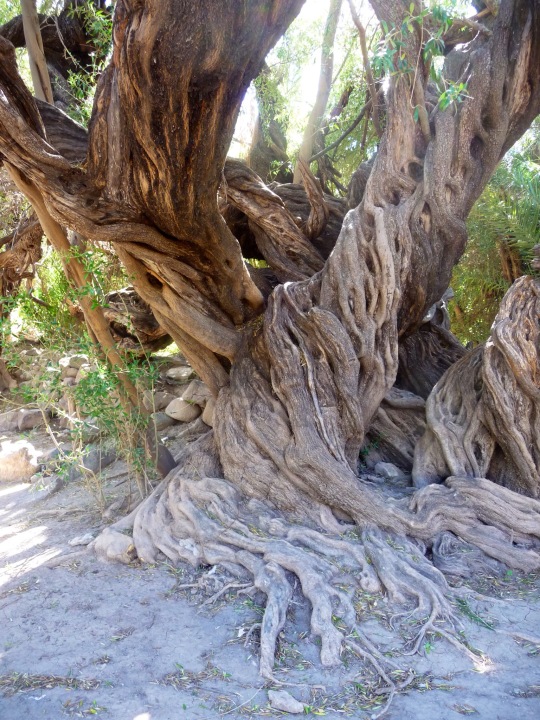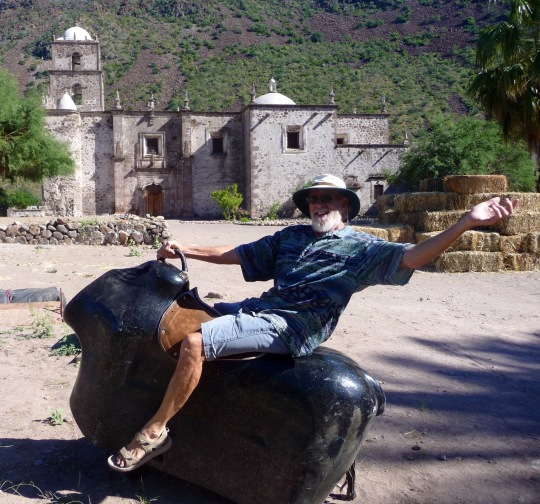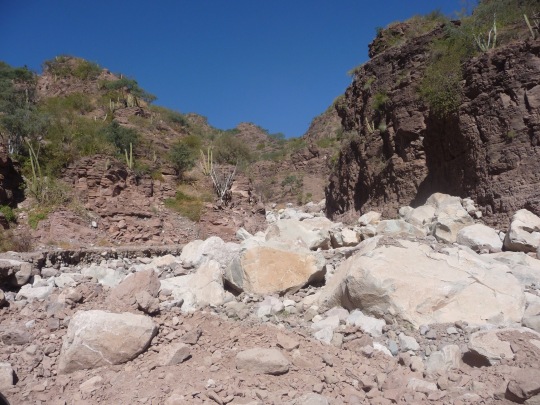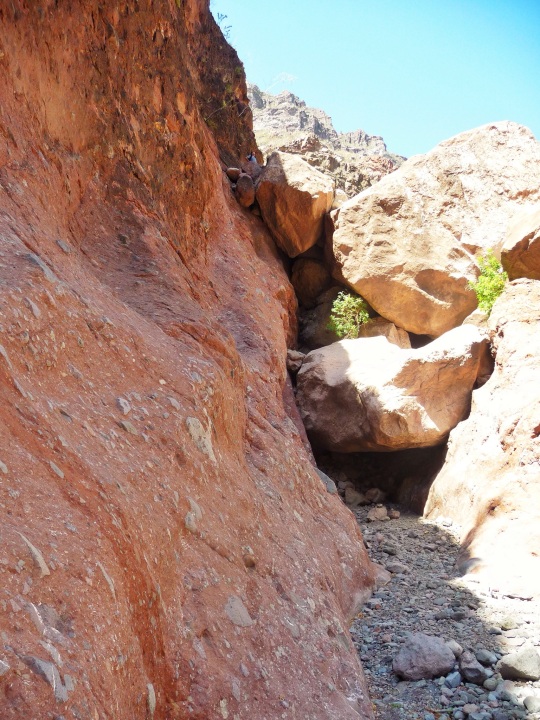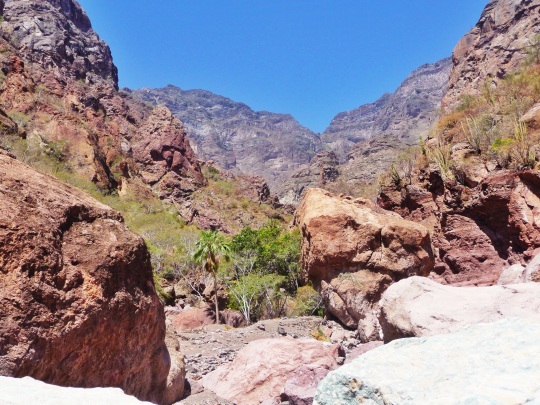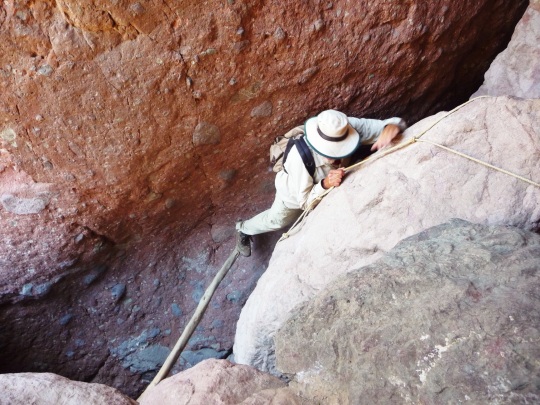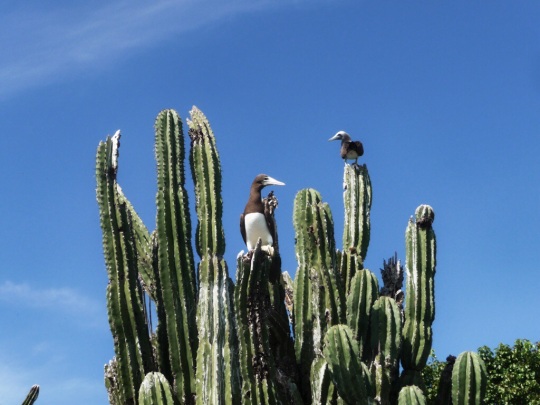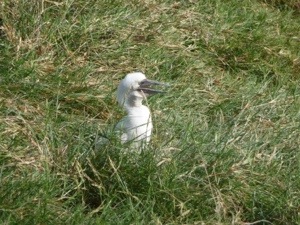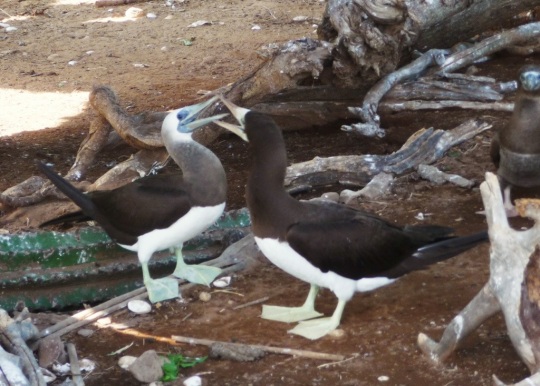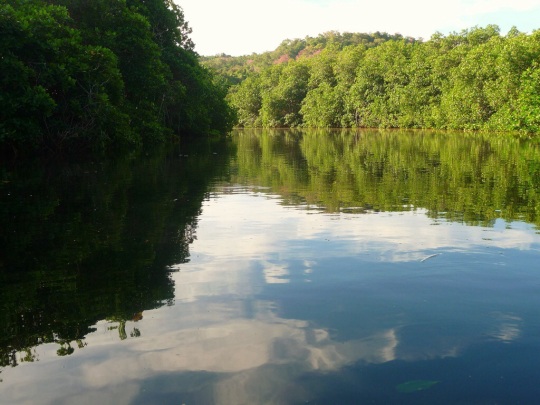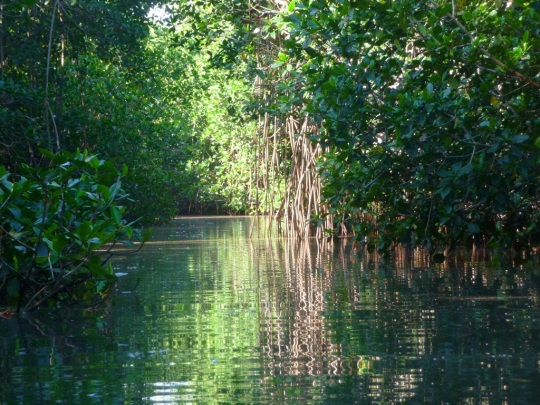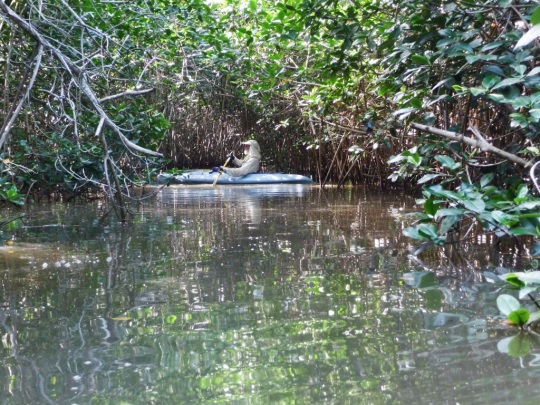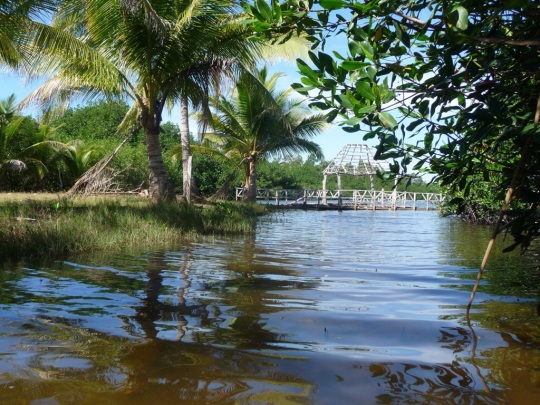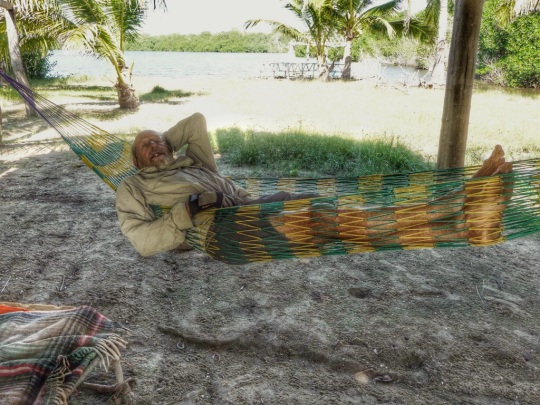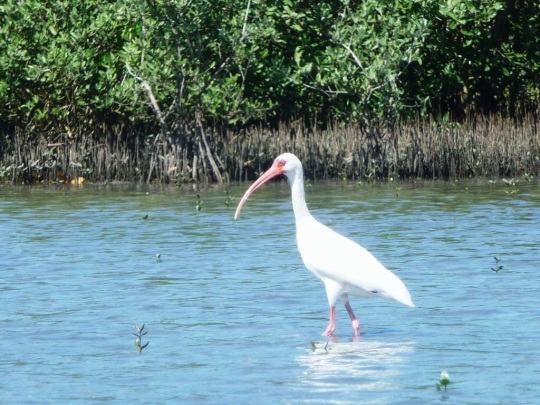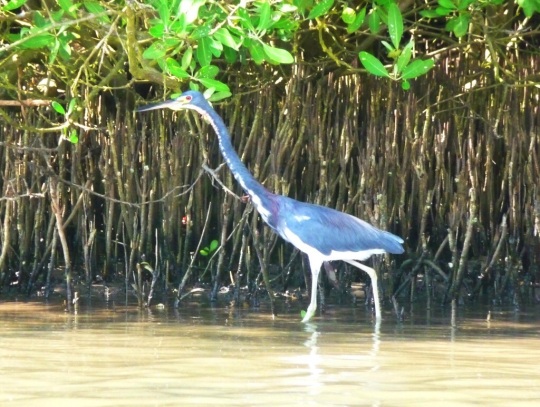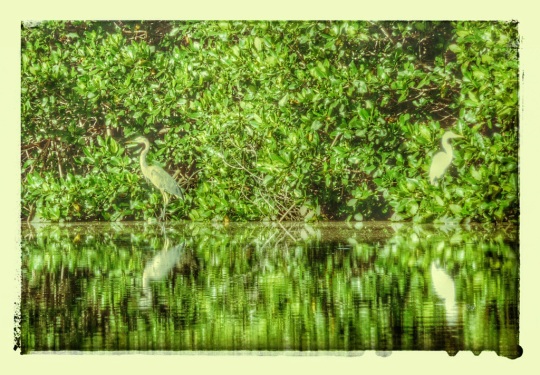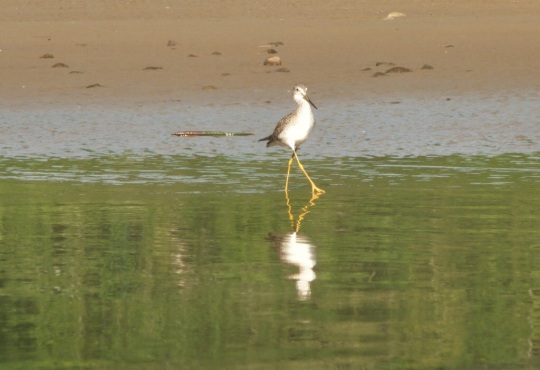Las Hadas: History, Mystery and Celebration

Have you ever seen a photograph of a location and knew you had to go there? Nikk and I were planning our sailing trip south from La Cruz de Huanacaxtle in December when I spotted the photograph of Las Hadas Resort in Pacific Mexico: A Cruiser’s Guidebook. (http://bluelatitudepress.com) That’s all it took for my mind to be hooked. Usually my fascination centers on some aspect of the natural world, but this time my love of architecture, and Moorish architecture in particular had me planning and plotting a trip to Las Hadas. Soon Nikk somewhat merrily agreed to our off-boat adventure when I suggested that a two-night stay to celebrate my birthday at Las Hadas would be so romantic. Balance sailed into the little cove in front of Las Hadas on January 4th, and we anchored in aquamarine water with only two other boats, one unoccupied. Reservations were easy, using hotels.com. This time we played it safe and transported ourselves, our luggage and our electronics in the dinghy, not the kayaks, to the marina located inside the breakwater.

The hike from the marina up to the lobby involved some serious puffing and panting, as the road is steep and long, and we were hauling all the gear necessary for a two-day stay. Luckily after checking in an employee ferried us in a golf cart up to our room, several floors and stories above the lobby. After that ride, Nikk and I enjoyed hiking all over the resort, exploring and photographing, and puzzling the employees who constantly asked us if we wanted a ride. Our room was small, but seemed roomy after three weeks on the boat. Marble floors and counters, bas relief in Moorish styling on the door and the headboard designed on the wall, hot water (a happy luxury after the Grand Bay Marina restrooms with almost no hot water), WiFi (a bit slow so no movies) and a luxurious large shower.
This Moorish fantasy was created by Antenor Patino Rodriguez, known as Antenor Patino, who was heir to his father’s title of “The King of Tin” in Bolivia. I have learned that whenever I see a work of fantastic architecture in Spain, Central America or South America, the wealth that built it is likely to come from the extraction of resources, like tin, which involves the use of many poorly-paid workers or slaves. Patino wanted to create a resort for his family and friends, and named it Las Hadas, which means “the fairies”, because of the sparkling, shiny particles in the sand, or maybe because of the glimpses of phosphorescence scintillating in the water. Architect Jose Luis Ezquerra took Patino’s ideas and formed them into turrets, towers, whimsical sculpture, beautiful pools, and luxurious accommodations. After Las Hadas was completed in 1972 a month-long celebration for the rich and famous ensued, and then three years of money-draining parties and what I sometimes call “wretched excess”, until Patino’s fortune was threatened and he sold Las Hadas. Patino married into European royalty, so there were plenty of rich and famous people of his acquaintance to entertain and accommodate. We were also amazed to have dinner back in La Cruz with Ed and Connie, who sail on Sirena, and to find that Ed grew up in Bolivia and knew Patino because his father was an American geologist.
Today the property is managed and cared for by the Las Brisas Hotel Collection, and they are doing an admirable job of keeping the aging resort from crumbling and losing its charm. In our wanderings, we found places where Mother Nature had caused some serious problems recently, but the bulk of the hotel, with five restaurants, tennis courts, two pools, and many roads and buildings looked like maintenance was a serious and on-going priority.
Las Hadas became famous worldwide after the movie “10” with Bo Derek and Dudley Moore was filmed there and released in 1979. Nikk’s son-in-law heard we were going to Las Hadas and immediately gave Nikk a long story on the phone of the teenage fantasies caused by Bo Derek at Las Hadas until his wife said “OK, moving on to other topics….”.
I’m not telling any secrets, but Nikk and I did have a romantic stay at Las Hadas, and celebrated my birthday with lobster ravioli, cheesecake and margaritas

Sunrise

A luxurious unit

An echo of the Alhambra in Spain

Holiday lights
On the third day, while walking near Los Hadas, we found a large abandoned house on an overgrown lot, with tropical thorn forest rapidly taking over the property. Since it was for sale, we went exploring. Why it was abandoned, who owned it, where they went, and how long before it’s razed and turned into another hotel were questions asked and not answered. Las Hadas would soon resemble this decaying home if not for all the efforts to thwart entropy (the tendency of the universe to go to maximum randomness). The contrast between this neglected property and Las Hadas became a meditation on the impermanence of all things, and on whether the birds, lizards, trees and shrubs were more beautiful than the carefully-tended creations of Las Hadas?
- See how the concrete crumbles
- No crocodiles yet
- Disappearing into the jungle
Even the name of the property is a mystery that is not solved yet. The name on the plaque can’t be deciphered by anyone I’ve asked so far, including the Mexican waiter at Octopus’s Garden. If any reader has a guess, please add it in the comments!
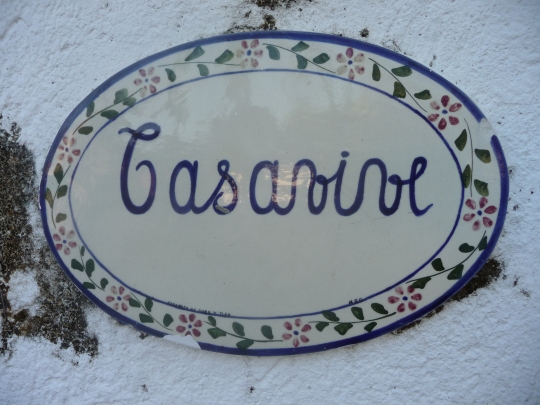
Too soon it was time to head back to Balance, pull up the anchor, and slowly make our way back north to La Cruz. Our idea at the beginning of the trip was to sail down to Zihuatanejo, but the heat and humidity and the lack of air conditioning on Balance made us give up on that plan, and decide that Manzanillo and Las Hadas were the furthest south we’d go. Maybe next year, we said.




























